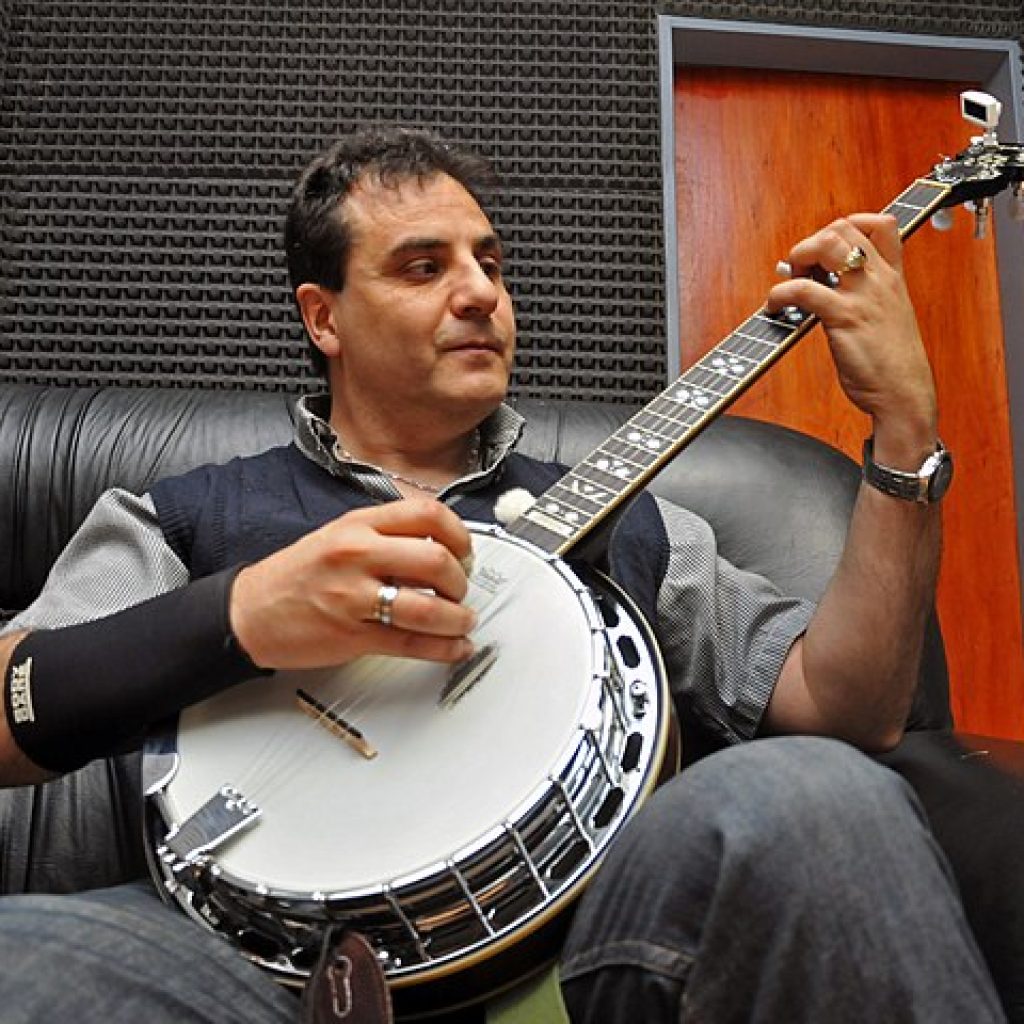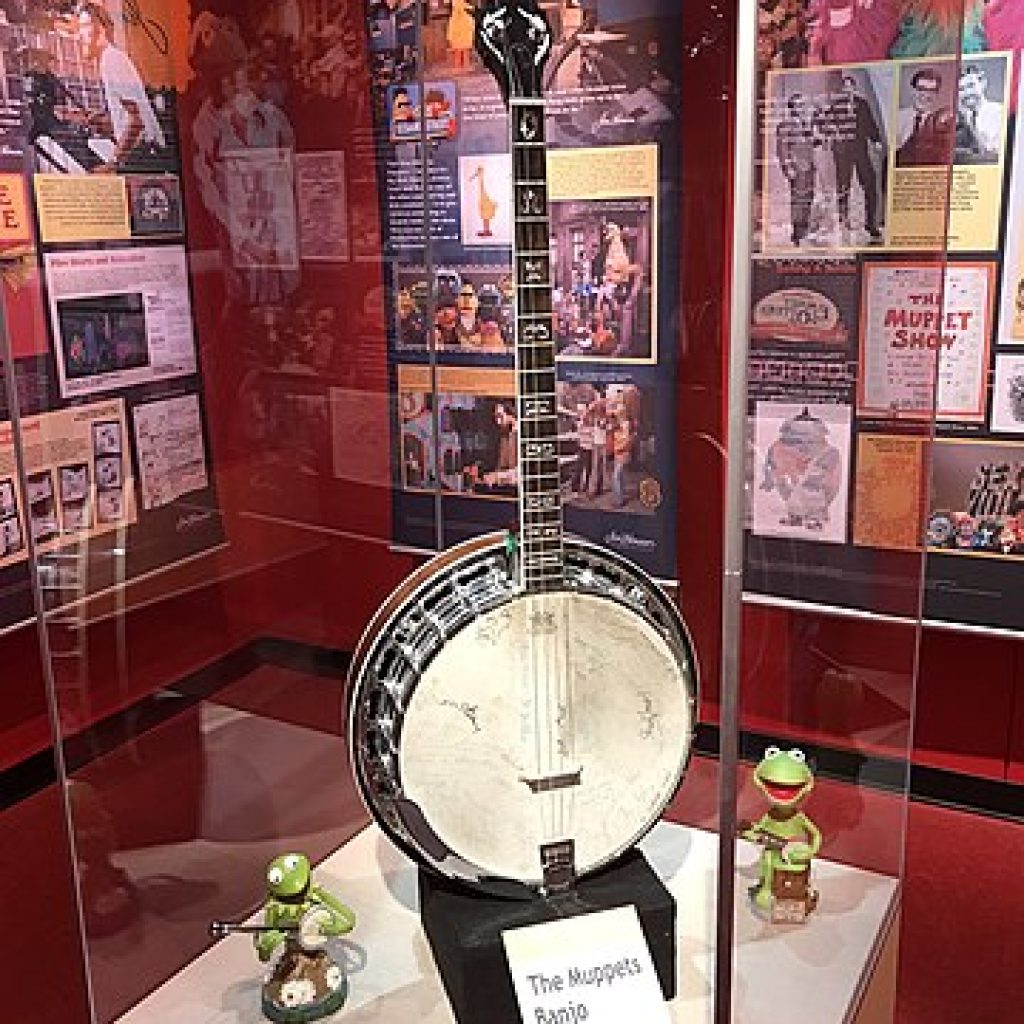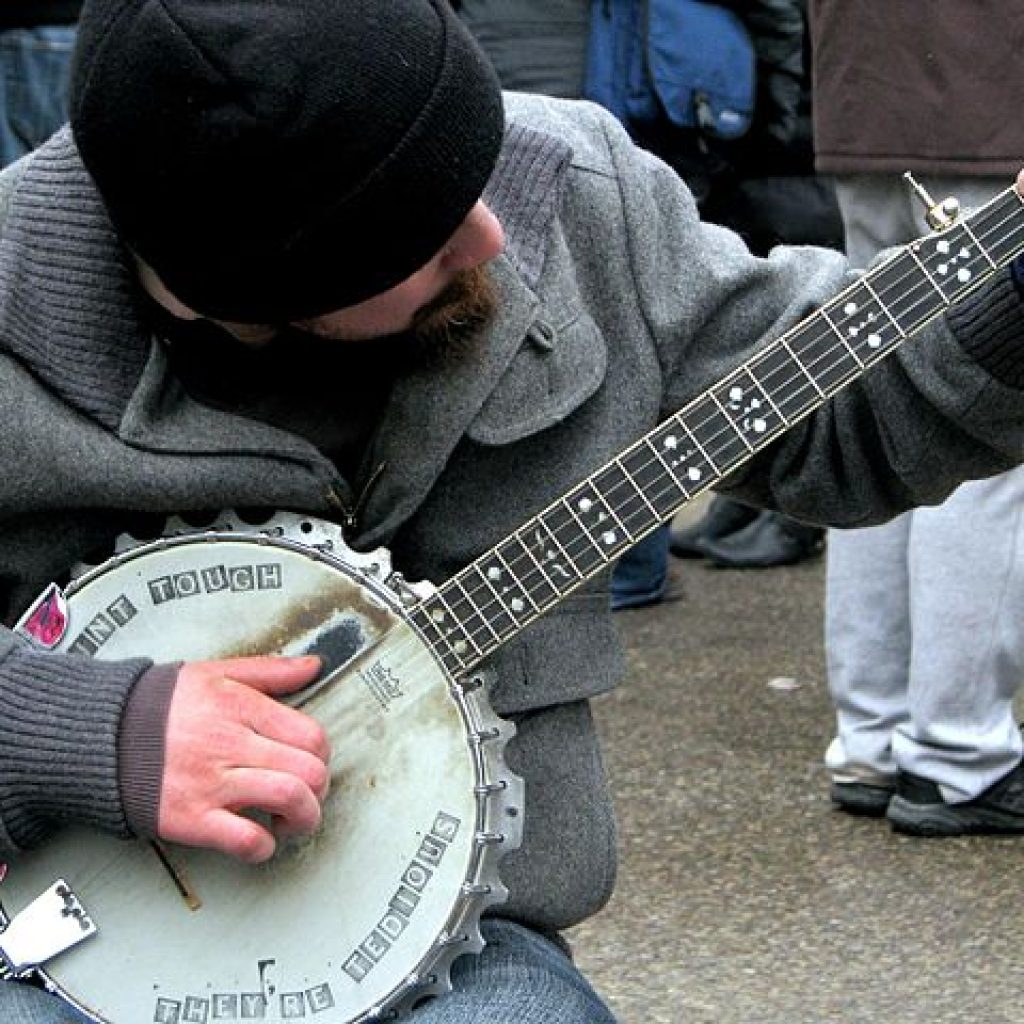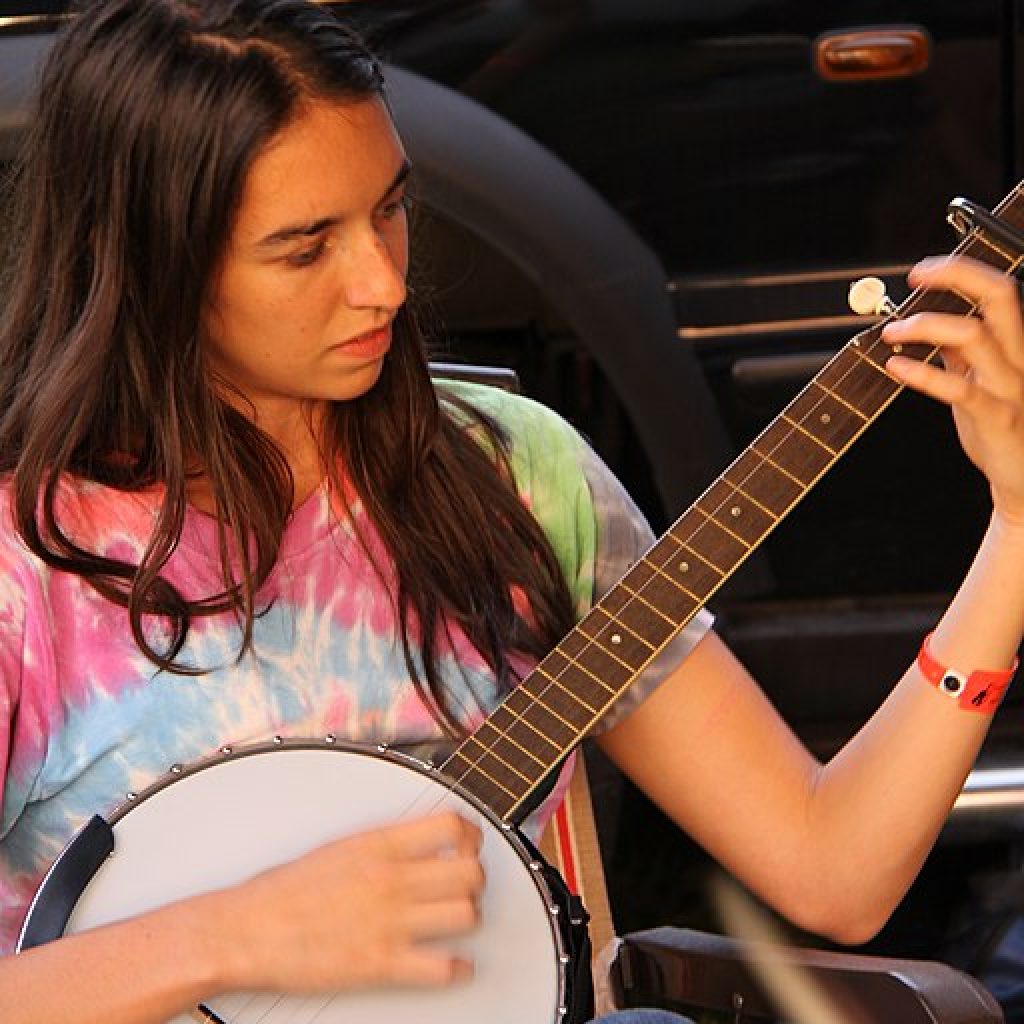The Banjo
The banjo is a member of the Plucked string family. It originates from the Caribbean and was invented by African communities and their descendants in the 17th century. It is sometimes referred to as Bangie and Banza,
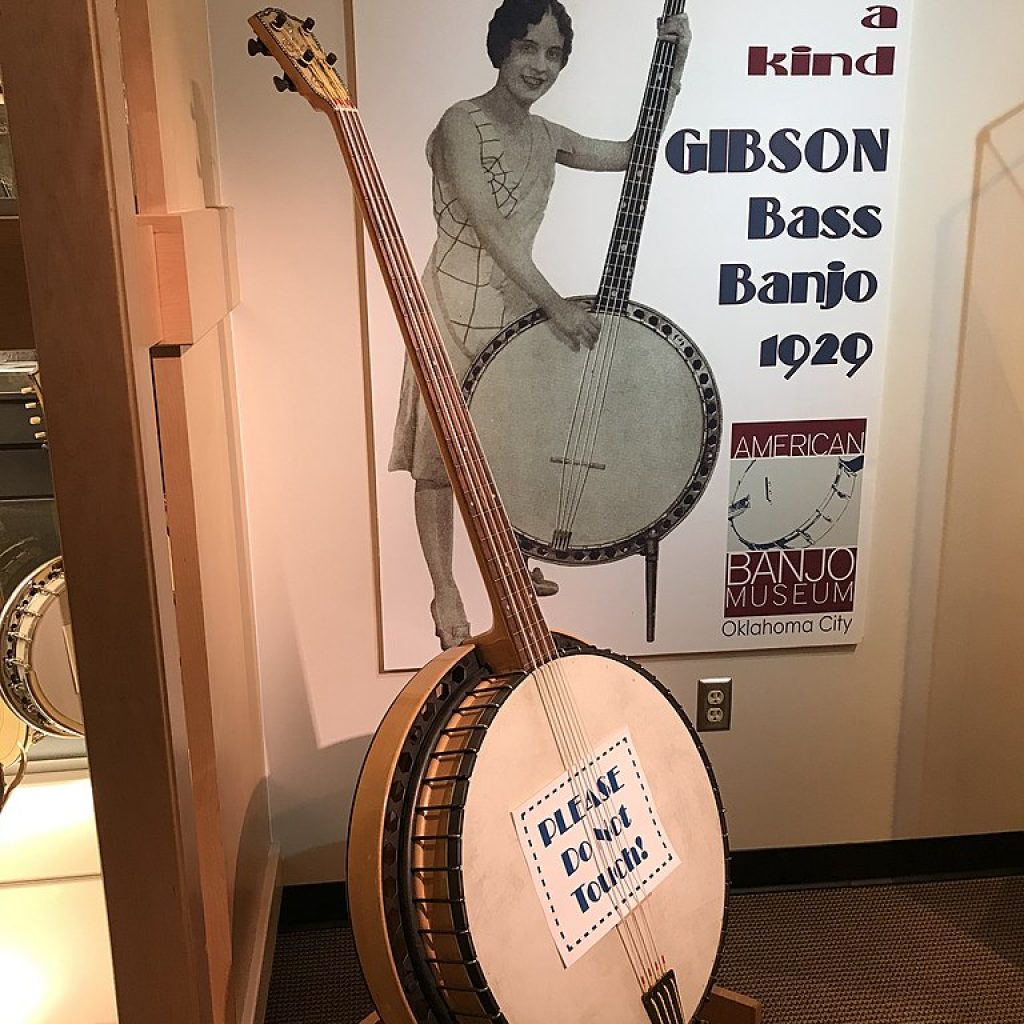
Jacqke, CC BY-SA 4.0, via Wikimedia Commons

